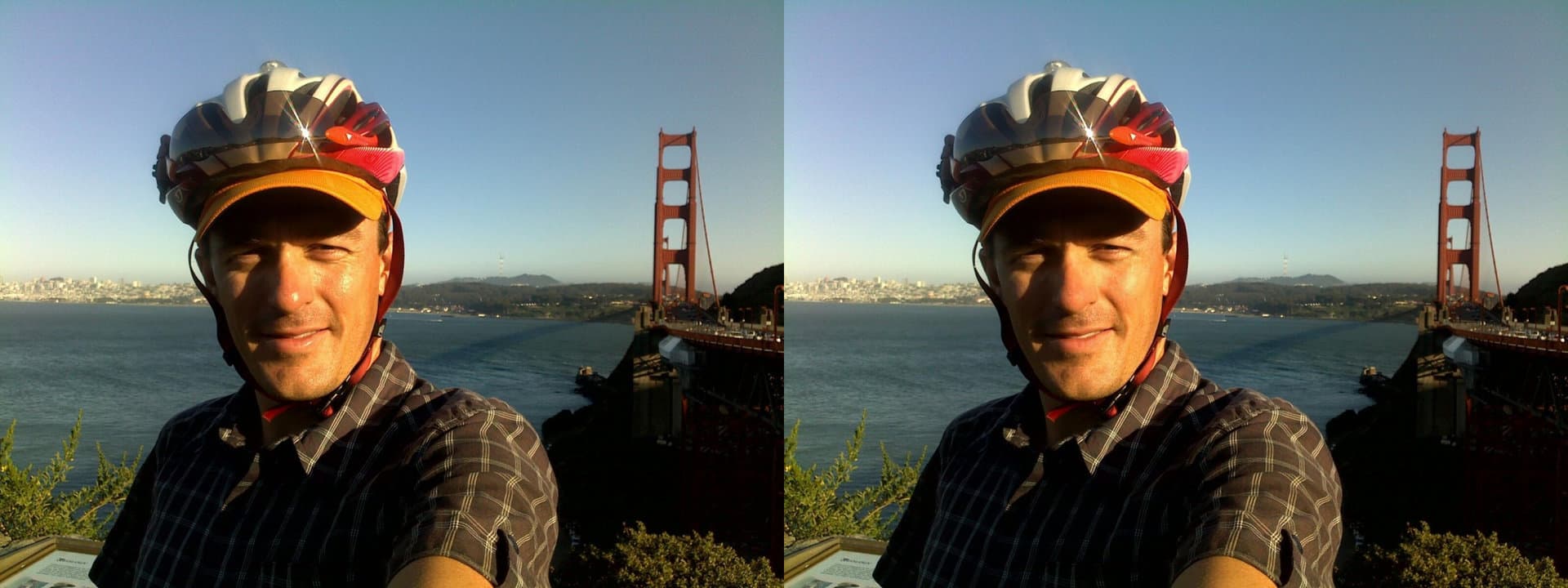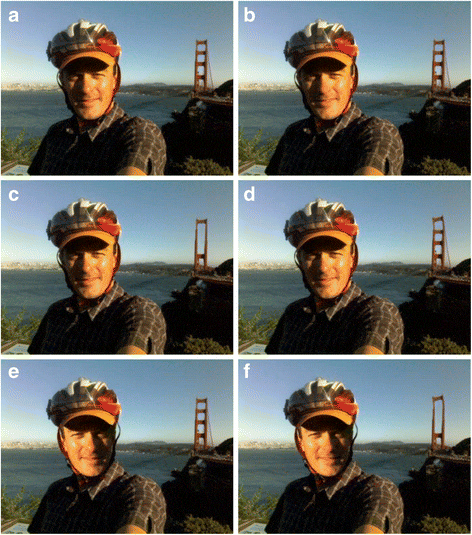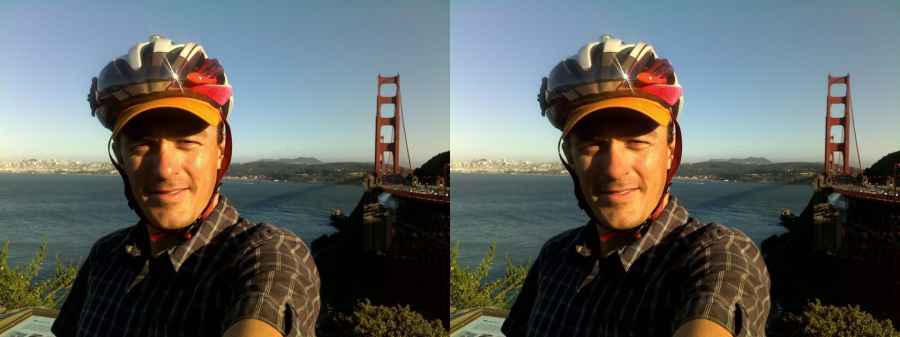A recent study exploring the increasing trend in photo manipulation revealed that people struggle to tell the difference between original and forged images.

The image on the left is the original. On the right, sweat and wrinkles have been airbrushed out.
Manipulating digital photos used to be the preserve of highly skilled editors using expensive desktop computer software. But advances in technology and software tools has made advanced photo manipulation possible on a smartphone, so anybody with a rudimentary knowledge of picture editing can touch up photos.
The result is that more and more images are being shared as genuine, original images, despite being altered in someway. This has had an impact on photography competitions such as the World Press Photo of the Year for example, where in 2015 the competition organisers had to disqualify 22 entrants, including an overall prize winner for manipulating their entries. Those disqualifications led to heated debates online and in print as to what the role and the extent of photo manipulation should be, not only in competition, but also in news coverage and photojournalism. The competition responded to the controversy by changing its code of ethics, stating that entrants “must ensure their pictures provide an accurate and fair representation of the scene they witnessed so the audience is not misled”. It has also led to some competitions deploying intelligent software that can detect photo-manipulation at the latter the stages of clearing, by analysing changes in the quality of the pixels within the image; manipulated pixels show uniformly altered values compared with surrounding pixels.
Photo manipulation – Can you spot the difference?

A recent study, published in the journal “Cognitive Research: Principles and Implications” explored the impact of image manipulation and to what extent people were able to identify digitally altered images. The study conducted two experiments, showing random samples of individuals a series of 10 “real-world” images each, which included one original image and then altered versions of it. Some alterations were “plausible edits” ie. superficial airbrushing (teeth whitening, removing wrinkles, sweat), others were more extreme “implausible changes”, such as flipping the subject’s face to create shadow inconsistency, geometrical inconsistencies such as warping a straight line or blatant removal of elements within the image, then a combination of all alterations.
People were then asked: “Do you think this photograph has been digitally altered?” with three possible responses offered: (a) “Yes, and I can see exactly where the digital alteration has been made”; (b) “Yes, but I cannot see specifically what has been digitally altered”; or (c) “No.”
The study concluded that the increasing sophistication of image-editing tools means that practically anyone with a basic knowledge of manipulation software can produce a convincing forgery, due to the fact that people seem to show an “extremely limited ability to detect and locate manipulations of real-world scenes”. While blatant, implausible manipulations were often detected, subtle implausible changes were difficult for test subjects to specifically locate. The results of the study’s findings could have an impact on law enforcement and evidence gathering, as well as news reporting and photographic competitions.








